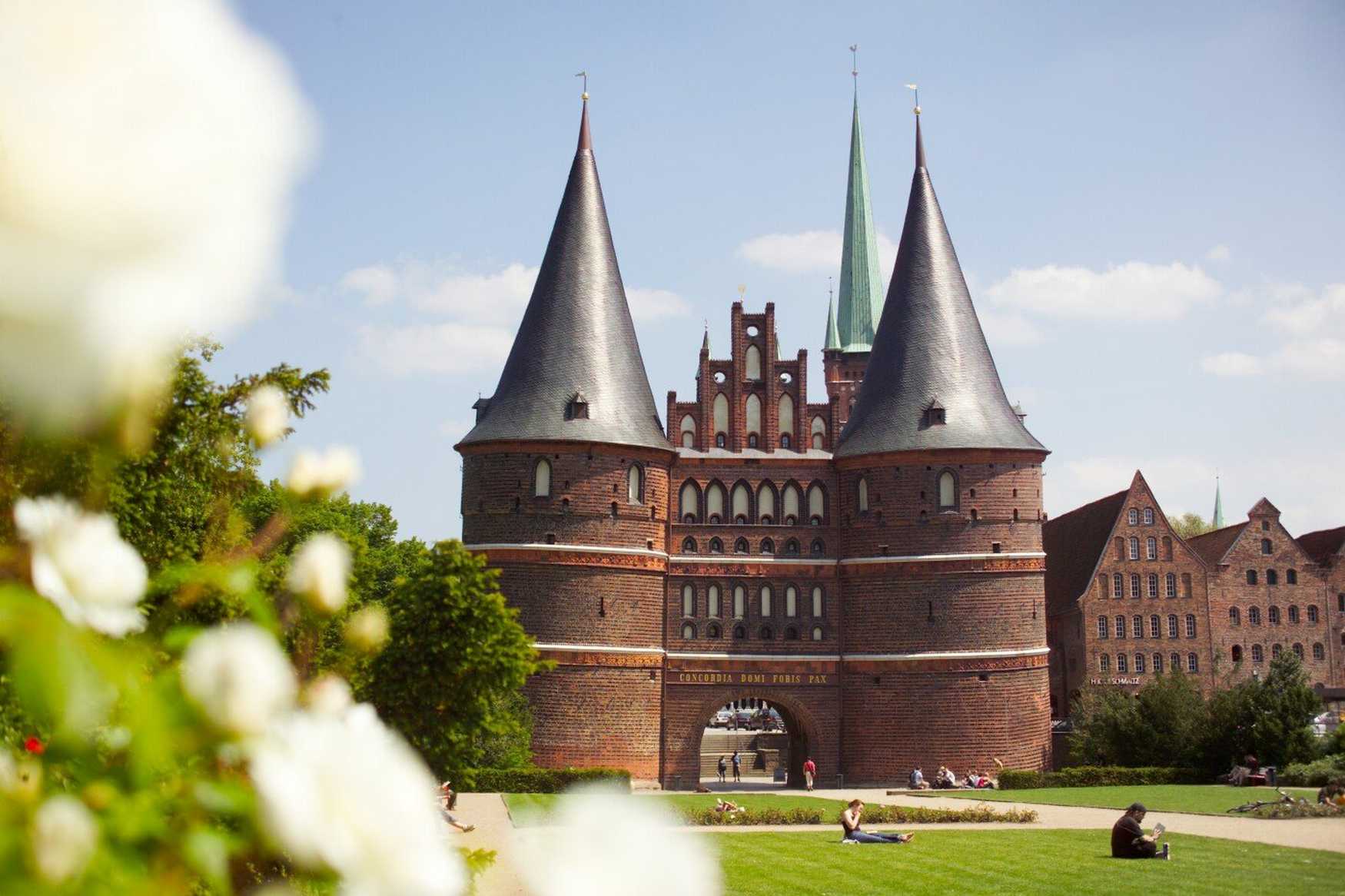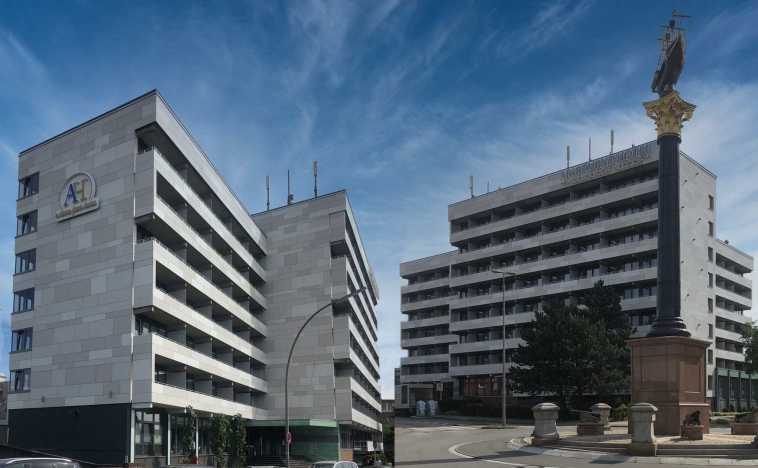Step back in time and immerse yourself in the rich history of Lübeck at the iconic Holstentor Museum. This striking landmark, with its distinctive brick Gothic architecture and twin-spired towers, has symbolized the city's power and prosperity since the 15th century. As part of Lübeck's UNESCO World Heritage-listed Old Town, the Holstentor Museum offers a fascinating glimpse into the Hanseatic League's influence on trade, culture, and daily life in medieval Germany.
Join us on a journey through the centuries as we explore the museum's captivating exhibits, architectural wonders, and its role in defending the city. Get ready to be transported to a bygone era and discover why the Holstentor Museum is a must-visit destination for history buffs and curious travelers.
Highlights
- Explore the museum's extensive collection of medieval armor, weapons, and artifacts
- Marvel at the intricate ship models showcasing Lübeck's maritime trade history
- Learn about the city's role as an influential member of the Hanseatic League
Contents
.jpg) Photo: https://museum-holstentor.de/
Photo: https://museum-holstentor.de/
Here is Why Your Kids Will Find it Interesting
Holstentor Museum is worth visiting with kids aged 6 and up who are interested in history, knights, and castles. The museum's displays of medieval armor and weapons will capture their imagination, while the ship models will give them a sense of the city's maritime past. Interactive exhibits and guided tours tailored to young visitors make learning about Lübeck's history engaging and fun.
Family-friendly features
- Family ticket discounts
- Stroller accessibility and baby-changing facilities
- Nearby playgrounds and green spaces
History and Architecture
The Holstentor was built in 1464 as part of Lübeck's formidable city fortifications. Its striking brick Gothic design features two massive round towers connected by a central arched gateway. The distinctive spired towers, leaning together across the stepped roof, have become an iconic city symbol. Initially serving as a defensive structure to protect medieval Lübeck, the Holstentor underwent extensive restoration in the late 19th century and now houses the museum's collections.
.jpg) Photo: https://museum-holstentor.de/
Photo: https://museum-holstentor.de/
Museum Exhibits and Collections
As you step inside the Holstentor Museum, you'll be transported back to the golden age of the Hanseatic League, when Lübeck was a thriving center of trade and commerce. The museum's exhibits offer a fascinating glimpse into the city's rich history and role as a prominent member of this powerful medieval alliance.
One of the museum's highlights is its impressive medieval armor and weapons collection. These displays showcase the city's formidable defensive capabilities and the era's craftsmanship. You'll have the opportunity to examine intricately designed suits of armor, swords, and other weaponry up close, gaining a deeper understanding of the challenges faced by Lübeck's defenders.
Lübeck's maritime heritage is also celebrated within the museum's walls. Intricate ship models, meticulously crafted to scale, highlight the city's pivotal role in the Hanseatic trade. These miniature vessels offer a tangible representation of the merchant ships that once sailed the Baltic Sea, carrying goods to and from Lübeck's bustling port. As you admire these models, you'll gain a greater appreciation for the skill and ingenuity of the city's shipbuilders and the importance of maritime trade to Lübeck's prosperity.
In addition to its military and marine exhibits, the Holstentor Museum also houses various artifacts and artwork from the Middle Ages. These objects provide valuable insights into the daily lives of Lübeck's citizens during this period. Each piece tells a story of the city's past, from intricately carved wooden furniture to delicate glassware and pottery.
You'll also find religious artifacts, such as altarpieces and holy items, which reflect the deep spiritual beliefs of the time. The museum hosts special exhibitions throughout the year that delve into various aspects of Lübeck's history and its connections to the broader world. These temporary displays often focus on specific themes, such as the city's architectural heritage, artistic traditions, or role in shaping northern Europe's political landscape.
Visitors can better understand Lübeck's place in the broader context of the Hanseatic League and medieval society by exploring these exhibitions. Whether you're a history enthusiast, an art lover, or simply curious about life in medieval times, the exhibits at the Holstentor Museum offer a wealth of knowledge and inspiration.
As you wander through the museum's halls, surrounded by the walls that once protected the city, you'll immerse yourself in the stories and traditions that have shaped Lübeck's identity over the centuries.
Just 1 km away is another fascinating place to visit with children, the Museum of Nature and Environment
.jpg) Photo: https://museum-holstentor.de/
Photo: https://museum-holstentor.de/
Visiting the Holstentor Museum
Guided tours of the Holstentor Museum are available, offering visitors a more in-depth understanding of the exhibits and the building's history. The museum is accessible to visitors with limited mobility, and elevators and ramps are provided. Be sure to stop by the museum shop, which offers a selection of books, souvenirs, and replicas related to Lübeck's history and the Hanseatic League.
Best Time to Visit
The best time to visit the Holstentor Museum with children is during the weekdays, particularly in the morning when crowds are smaller. This allows for a more relaxed and intimate experience as you explore the exhibits together.
Recommended Duration: Plan to spend around 1.5 to 2 hours at the museum.
Our Recap
The Holstentor Museum is a captivating destination that offers visitors a unique opportunity to explore Lübeck's rich history and role as a powerful Hanseatic city. With its impressive architecture, engaging exhibits, and family-friendly features, the museum is a must-visit for anyone interested in medieval history or looking for an educational and entertaining experience in Lübeck.











